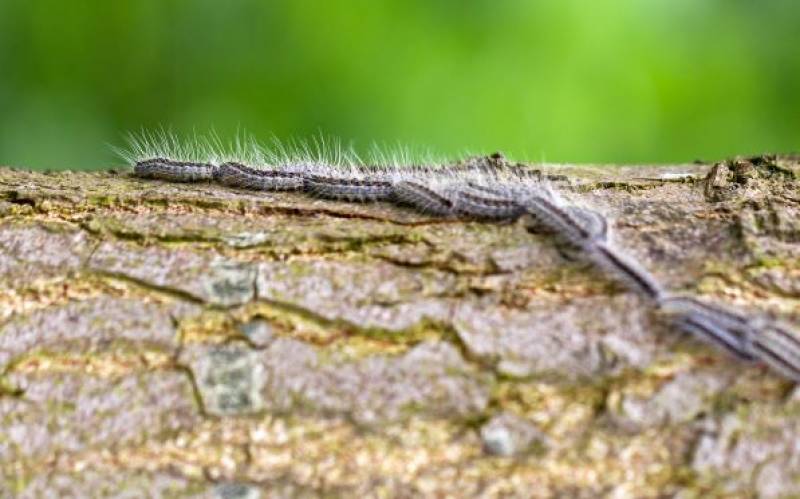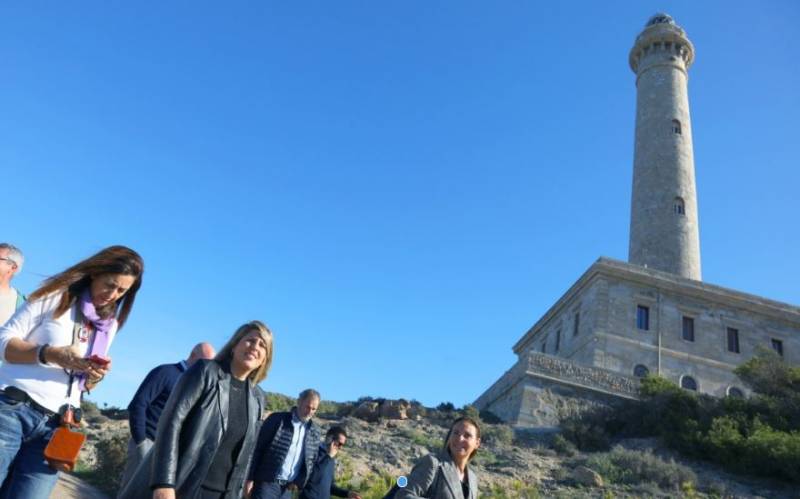- Region
- Águilas
- Alhama de Murcia
- Jumilla
- Lorca
- Los Alcázares
- Mazarrón
- San Javier
-
ALL AREAS & TOWNS
- AREAS
- SOUTH WEST
- MAR MENOR
- MURCIA CITY & CENTRAL
- NORTH & NORTH WEST
- TOWNS
- Abanilla
- Abarán
- Aguilas
- Alamillo
- Alcantarilla
- Aledo
- Alhama de Murcia
- Archena
- Balsicas
- Blanca
- Bolnuevo
- Bullas
- Cañadas del Romero
- Cabo de Palos
- Calasparra
- Camping Bolnuevo
- Campo De Ricote
- Camposol
- Canada De La Lena
- Caravaca de la Cruz
- Cartagena
- Cehegin
- Ceuti
- Cieza
- Condado de Alhama
- Corvera
- Costa Cálida
- Cuevas De Almanzora
- Cuevas de Reyllo
- El Carmoli
- El Mojon
- El Molino (Puerto Lumbreras)
- El Pareton / Cantareros
- El Raso
- El Valle Golf Resort
- Fortuna
- Fuente Alamo
- Hacienda del Alamo Golf Resort
- Hacienda Riquelme Golf Resort
- Isla Plana
- Islas Menores & Mar de Cristal
- Jumilla
- La Azohia
- La Charca
- La Manga Club
- La Manga del Mar Menor
- La Pinilla
- La Puebla
- La Torre
- La Torre Golf Resort
- La Unión
- Las Palas
- Las Ramblas
- Las Ramblas Golf
- Las Torres de Cotillas
- Leiva
- Librilla
- Lo Pagan
- Lo Santiago
- Lorca
- Lorquí
- Los Alcázares
- Los Balcones
- Los Belones
- Los Canovas
- Los Nietos
- Los Perez (Tallante)
- Los Urrutias
- Los Ventorrillos
- Mar De Cristal
- Mar Menor
- Mar Menor Golf Resort
- Mazarrón
- Mazarrón Country Club
- Molina de Segura
- Moratalla
- Mula
- Murcia City
- Murcia Property
- Pareton
- Peraleja Golf Resort
- Perin
- Pilar de la Horadada
- Pinar de Campoverde
- Pinoso
- Playa Honda
- Playa Honda / Playa Paraíso
- Pliego
- Portmán
- Pozo Estrecho
- Puerto de Mazarrón
- Puerto Lumbreras
- Puntas De Calnegre
- Region of Murcia
- Ricote
- Roda Golf Resort
- Roldan
- Roldan and Lo Ferro
- San Javier
- San Pedro del Pinatar
- Santiago de la Ribera
- Sierra Espuña
- Sucina
- Tallante
- Terrazas de la Torre Golf Resort
- Torre Pacheco
- Totana
- What's On Weekly Bulletin
- Yecla


- EDITIONS:
 Spanish News Today
Spanish News Today
 Alicante Today
Alicante Today
 Andalucia Today
Andalucia Today
article_detail
Date Published: 16/09/2024
La Isla del Fraile is 500 years older than previously thought
New archaeological discoveries are reshaping the history of Águilas as we know it
Recent archaeological discoveries on La Isla del Fraile, located just east of the town of Águilas, have revealed that the island’s historical significance stretches much further back in time than previously believed.
The fifth annual excavation on the islet, led by a team of researchers from the Consejo Superior de Investigaciones Científicas (CSIC) and the Museo Arqueológico Municipal de Águilas, has unearthed evidence suggesting that the structures surrounding the island may be 500 years older than originally thought.
The archaeological project, co-directed by Alejandro Quevedo of the CSIC and Águilas’ municipal archaeologist, Juan de Dios Hernández García, has brought to light a series of significant discoveries over the past two weeks. Among the standout findings is the hypothesis that the structures surrounding Isla del Fraile, previously dated to the 4th or 5th centuries AD, may actually date back to as early as the 1st century BC.
This revelation comes from the analysis of ceramic fragments found in the foundation layers of the site, which will undergo further study in the coming months to solidify this new theory.
The findings were presented to town Mayor Mari Carmen Moreno and Councillor José Manuel Gálvez during their visit to the site, although poor sea conditions prevented them from accessing the island itself. Despite this, they were able to witness the archaeological work being conducted on the mainland.
The dig, which began on 2nd September and has lasted for the last two weeks, attracted a diverse international team of experts, including participants from the UK and Canada, as well as from several Spanish universities such as the University of Murcia, the Complutense University of Madrid and the University of Jaén. The research project has been a collaborative effort, with sponsorship from institutions like the Archaeological Museum of Águilas, local companies, and prominent sponsors such as Viñas Familia Juan Gil and Cooke España.
What have they found at the Isla del Fraile dig site?
Among the remarkable artefacts found during the excavation is the base of what is believed to be a potter’s wheel dating back to the late Roman period. This stone object, thought to be from the 4th or 5th century AD, is considered unique in the Mediterranean region due to its construction and historical context.
“It is a unique piece,” says Alejandro Quevedo, co-director of the excavation, highlighting the importance of this discovery in advancing knowledge of Roman material culture in the area. Further chemical and traceological analysis will be conducted in the coming months to learn more about its origins.
The archaeological team also conducted underwater excavations around Isla del Fraile, with the support of IBEAM and the National Museum of Underwater Archaeology in Cartagena. These underwater surveys have yielded exciting results, confirming the use of nearby Hornillo Bay during Byzantine times in the 6th century AD.
This new phase of historical occupation, documented in the journal ‘Archaeological Prospection’, opens the door to further understanding the island's connections to various Mediterranean civilisations throughout history.
In addition to these underwater findings, a detailed 3D model of the island has been developed, helping to precisely map the archaeological structures. The model also includes a quarry located at Punta del Cigarro, across from the island, shedding light on the island’s ancient construction practices.
The excavation on Isla del Fraile has also contributed to a broader archaeological survey of Águilas and its surroundings. Newly discovered structures and artefacts have been documented in areas such as Cabo Cope and Tébar, ranging from the Iron Age to the Moorish period of Spanish history. This extensive mapping effort has helped to create a richer picture of the area’s historical landscape, showcasing the long-standing human presence in the area.
The 2024 excavation campaign was made possible thanks to the financial support of Águilas Town Council and a number of sponsors. The success of this year’s project highlights the importance of collaboration between local institutions, universities and private sponsors, ensuring that future digs continue to uncover the hidden history of Isla del Fraile.
An agreement between the Águilas Town Council and the CSIC is set to be signed later this month, consolidating their partnership for future research, and the results of this year’s excavation are expected to be published in international archaeological journals before the end of the year.
For more local news, events and visiting information go to the home page of Águilas Today
Images: Ayuntamiento de Águilas / Proyecto de Investigación Arqueológica Isla del Fraile
Loading
Contact Murcia Today: Editorial 000 000 000 /
Office 000 000 000
































